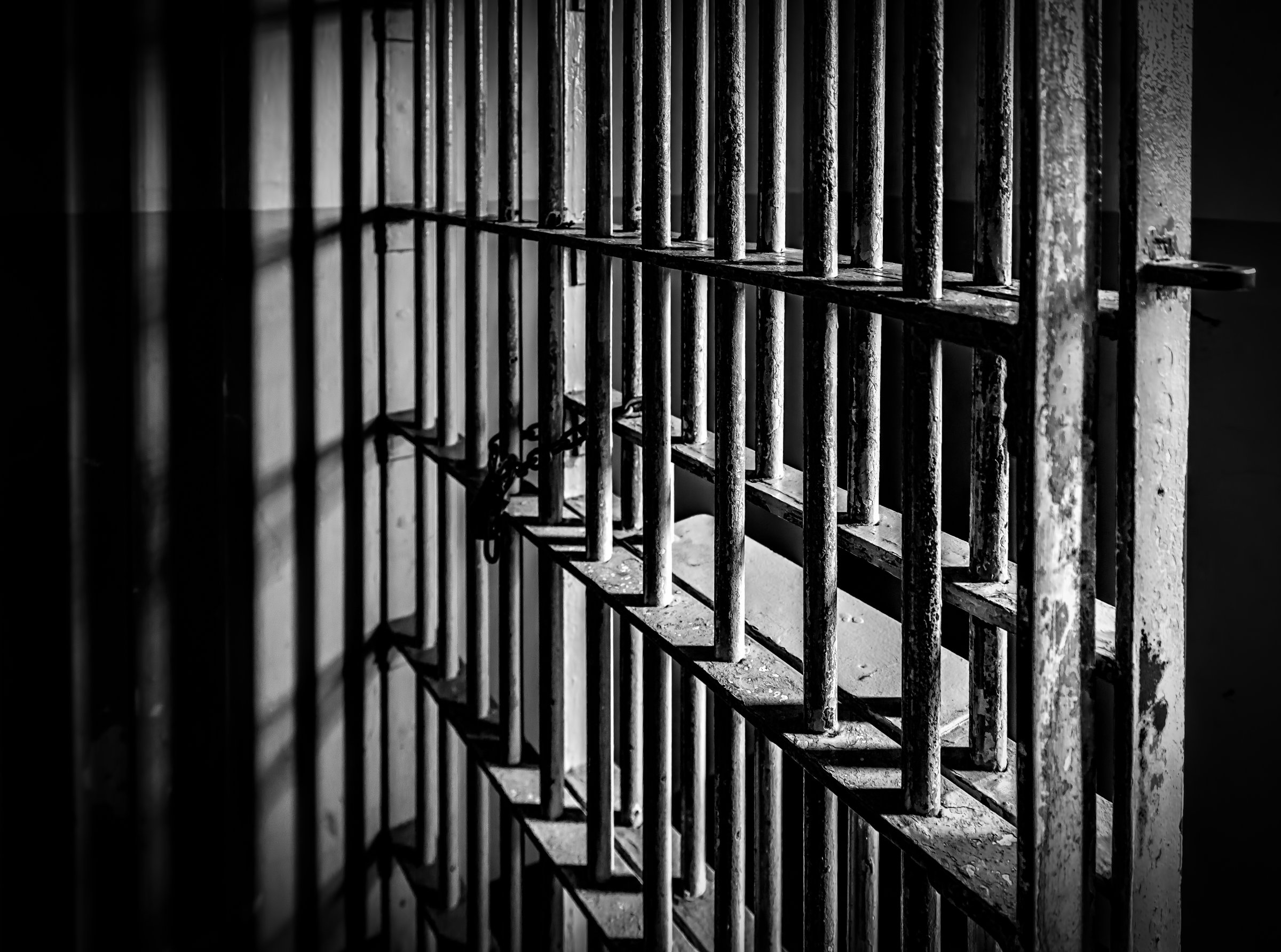
In 2016, states handed down fewer death sentences than at anytime since capital punishment was reinstated in 1972. The number of executions hit a low not seen in a quarter-century. And for the first time in four decades, opinion polls showed that fewer than half of Americans supported capital punishment.
That’s the state of capital punishment in the U.S. today as captured in a new report from the Death Penalty Information Center. The annual year-end look by the DPIC, which collects data about capital punishment and is critical of how executions are carried out, highlights the continued decline of the death penalty across the country.
“Last year we saw generational lows in new death sentences, executions, and measured support for the death penalty in public opinion polls,” says Robert Dunham, executive director of the DPIC. “Everything dropped more this year.”
Read more: Every Execution in U.S. History in a Single Chart
There were 30 total death sentences issued in 2016, according to the DPIC, a drop of 39% from last year’s record low of 49 and well below a modern peak of 315 in 1996. The number of executions also declined to 20, eight less than last year the fewest since 1991.
As capital punishment falls out of favor in many states, the practice is increasingly limited to a few dozen counties in the U.S. The DPIC report finds that the number of jurisdictions that imposed the death penalty fell from 60 counties in 2012 to just 27 in 2016.
Several factors are behind the decline, including the continued problems states have had in the last few years in obtaining drugs to carry out lethal injections. These shortages have led to the use of experimental drug cocktails that have been blamed for several “botched” executions in Ohio, Oklahoma and Arizona.
Read more: Pennsylvania Stops Using the Death Penalty
Dunham also says fewer prosecutors are seeking the death penalty while juries appear to be more hesitant in imposing it. That tracks with a September poll from the Pew Research Center, which found that 49% of respondents said they supported the death penalty for convicted murderers, while 42% opposed it. The level of support was the lowest since the 1970s.
The November elections, however, were a vote of confidence for the death penalty in a handful of states. Faced with a choice to end the death penalty, California voters elected to keep the practice but voted to speed up the appeals process for death row inmates; Nebraska voted to repeal a law passed last year that abolished capital punishment; and Oklahoma chose to place the death penalty in its state constitution, which will protect it from state courts that may be inclined to rule it unconstitutional.
More Must-Reads from TIME
- Donald Trump Is TIME's 2024 Person of the Year
- TIME’s Top 10 Photos of 2024
- Why Gen Z Is Drinking Less
- The Best Movies About Cooking
- Why Is Anxiety Worse at Night?
- A Head-to-Toe Guide to Treating Dry Skin
- Why Street Cats Are Taking Over Urban Neighborhoods
- Column: Jimmy Carter’s Global Legacy Was Moral Clarity
Contact us at letters@time.com